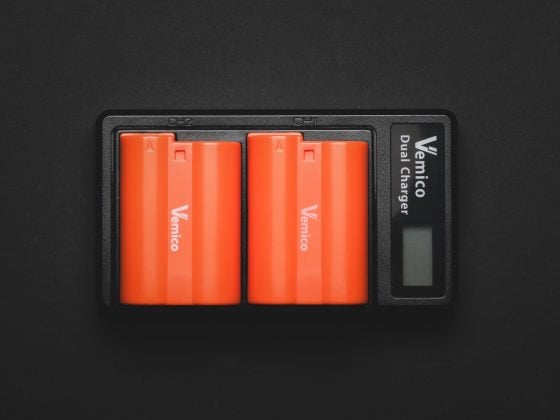The Lexar Silver Series CFexpress Type-B card serves as Lexar’s entry-level solution, catering to photographers seeking the best value for their investment.
Lexar now has three price and performance tiers of CFeX cards.
- Lexar Diamond Cards: These represent the top-of-the-line choice, delivering exceptional performance and features.
- Lexar Gold Series Cards: Positioned in the mid-range, these cards come close to the Diamond cards in terms of performance.
- Lexar Silver Series Cards: Designed for video creators and photographers seeking a more relaxed approach, these cards strike a balance between speed and affordability. But are still ideal for handling the advanced features of high-end cameras like the Nikon Z9.
Lexar Silver CFexpress Type-B
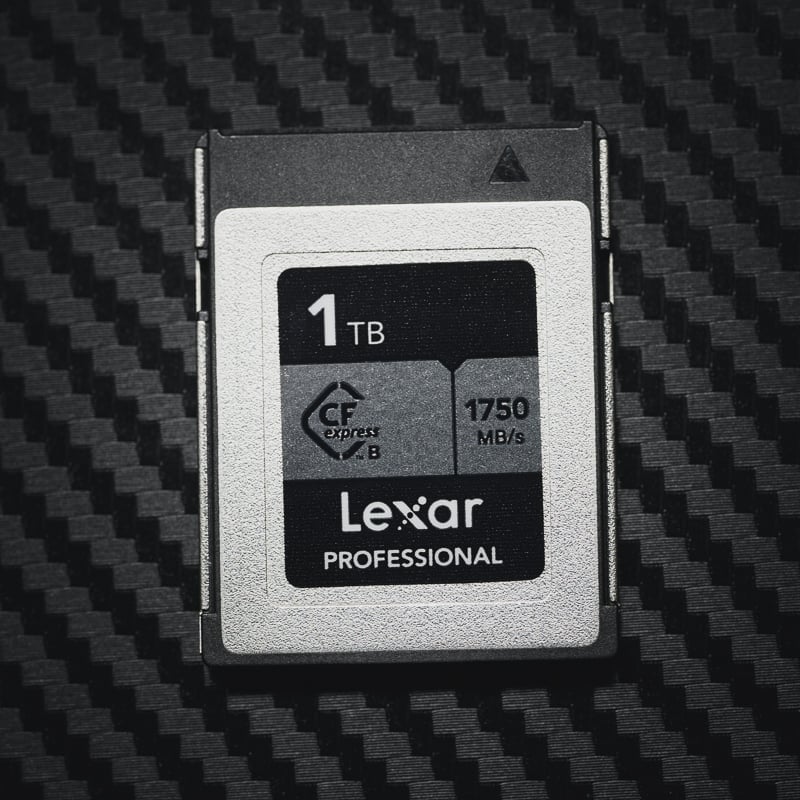
Lexar Silver 128-256GB CFexpress Type B
Tested Write: 749 MB/s
Tested Read: 1719 MB/s
Tested Sustain: 490 MB/s
Lexar Silver 512GB CFexpress Type B
Tested Write Speed: 1141MB/s
Tested Read Speed: 1624MB/s
Tested Sustain: 891 MB/s
Lexar Silver 1TB CFexpress Type-B
Tested Write Speed: 1661MB/s
Tested Read Speed: 1732MB/s
Tested Sustain: 1382 MB/s
Warranty: 10-Year Manufacturer Warranty
128-256GB
512GB
1TB
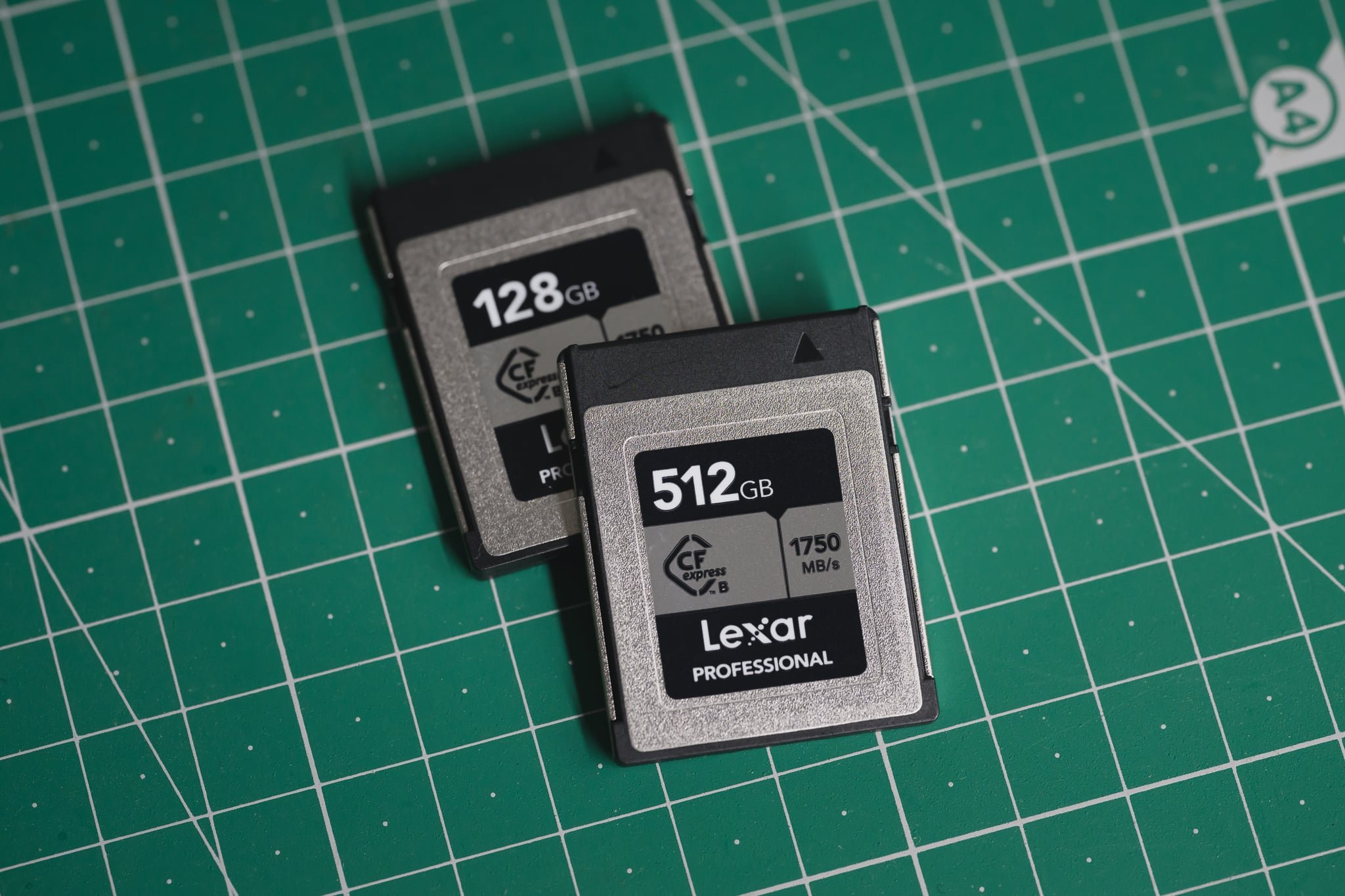
The Lexar Silver series offers excellent value for photographers who prioritize practical performance over bleeding-edge write speeds. Many modern cameras, such as the Nikon Z7II, Z6II, and Canon R5, face significant performance bottlenecks when writing to memory cards. These cameras often only achieve speeds around 300-400MB/s or slightly less. Given these limitations, investing in top-of-the-line cards may not be necessary. Instead, the Lexar Silver Series of CFxB cards emerges as a compelling choice for these camera models.
When checking the Memory Cards For The Nikon Z8, the 128GB Silver Series card ran at 528MB/s and the 512GB card ran a little faster at 678MB/s.
Lexar Silver Series CFxB Review & Benchmarks
I have a 128GB Silver Series card the 512GB card and the 1TB cards, so we can take a look at performance metrics between the sizes.
I tested these cards with a few different readers, CFtek Trimmer 20GB and also the Lexar 20GBps reader to see how the card performed. They perform slightly better in the Lexar readers, but the difference was marginal.
You can also compare to All the CFExpress Type-B Memory Cards that I’ve tested so far.
| Card Size | Write Speed | Read Speed | Sustained |
| Lexar Silver CFeB 128GB | 749 MB/s | 1750 MB/s | 490 MB/s |
| Lexar Silver CFeB 512GB | 1141 MB/s | 1624 MB/s | 891 MB/s |
| Lexar Silver CFeB 1TB | 1661 MB/s | 1732 MB/s | 1382 MB/s |
Similar to M.2 Drives, CFexpress cards are designed with a dual-tier structure: a fast SLC-type cache and a slower MLC, TLC, or QLC flash. Initially, data is written to the SLC cache. However, once this cache is filled, subsequent writes occur to the slower memory.
For burst photography, most cameras have a buffer ranging from approximately 2GB to 4GB. Therefore, we seek cards with a fast SLC cache capacity that can match this buffer. However, even after the cache is exhausted, it’s crucial to maintain good performance during continuous shooting or high-bitrate video recording – this is why we need to check the sustained speeds. Cameras like the Z9 and Z8 can record NRAW at 722.5MB/s.
the Lexar 128GB Silver Series
In this 16GB test size in the AJA System Test, we can see it writes at around 1700MB/s for around 2GB until the cache is exhausted and it drops to the slower cache where it maintains a speed of around 420-500MB/s.
Lexar 512GB Silver Series
With the Lexar 512GB Silver Series card we see a different picture.
Here we have a short warmup period before it ramps up to around 1677MB/s for around 2GB and then it drops to a much faster sustained speed of around 800-900MB/s.
Lexar 1TB Silver Series
The Lexar 1TB Silver Series card has an even different configuration – I ran a 64GB sample here.
We have peaks hitting around 1700MB/s with an average of around 1300MB/s but then we see dips down to 850MB/s.
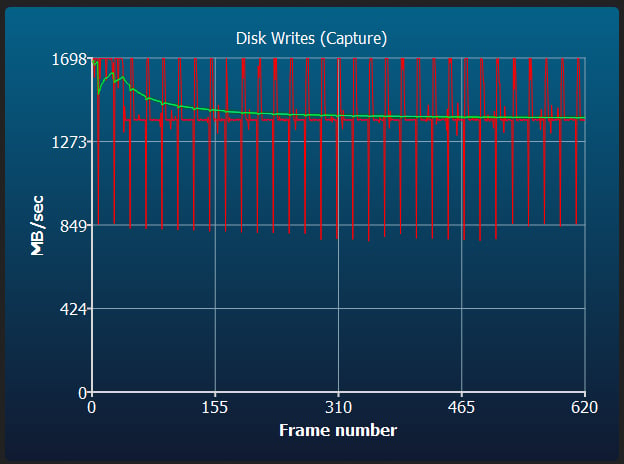
Lexar Silver Series CFexpress Type-B Review – Bottom Line
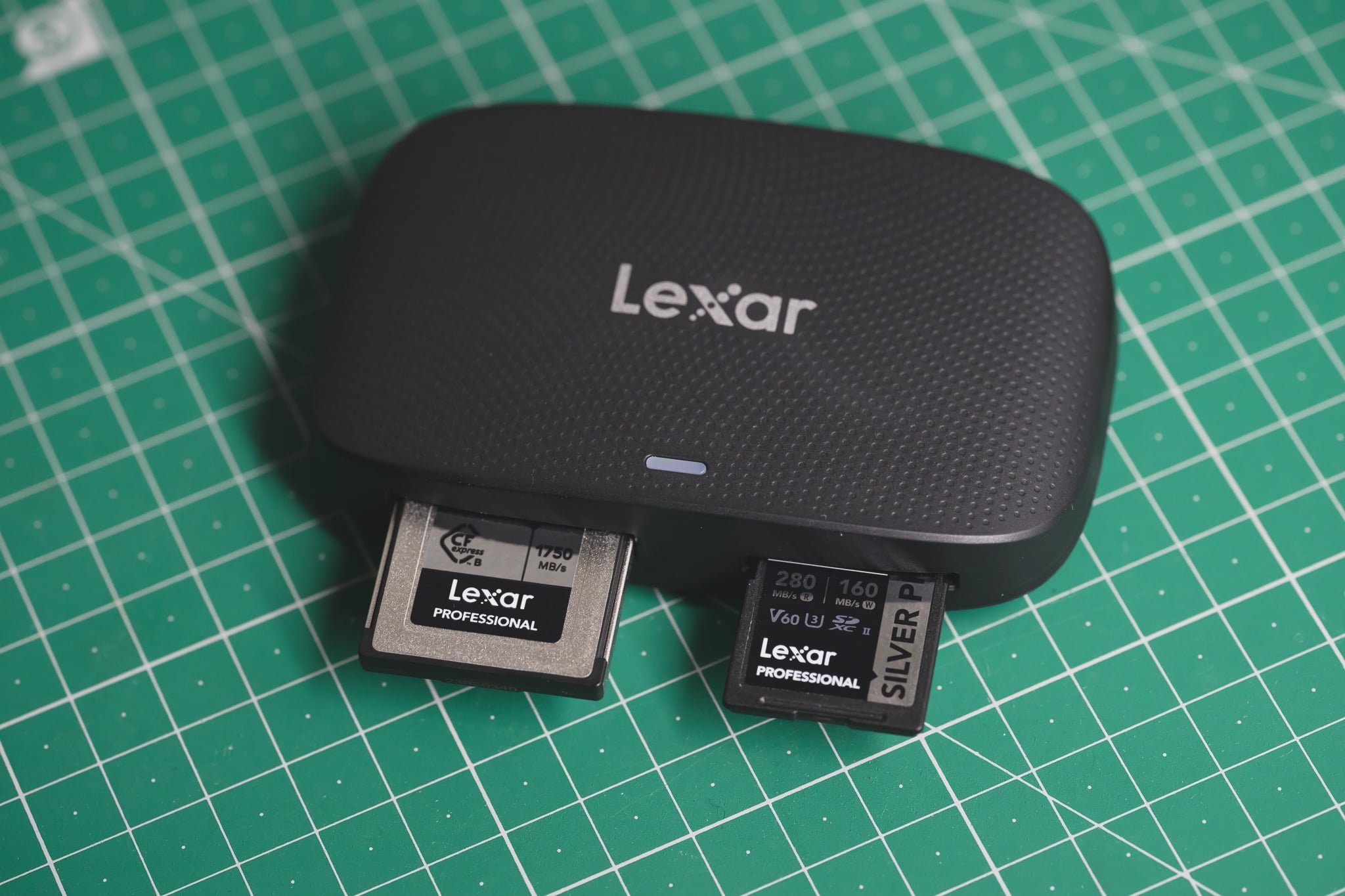
Both the 128GB, 512GB, and 1TB cards are fantastic values and some of the best general-purpose cards. A fast 2GB cache in the Silver series will be great for most shooters doing simple general-purpose photography, and even with the slower 490MB/s sustain speed in the 128GB card, we still get a performance rating that’s still going to be more than good enough for most video codecs, and still much faster than any UHS-II card with a significant cost advantage.
| **This website contains affiliate links. We will earn a small commission on purchases made through these links. Some of the links used in these articles will direct you to Amazon. As an Amazon Associate, I earn from qualifying purchases. |



